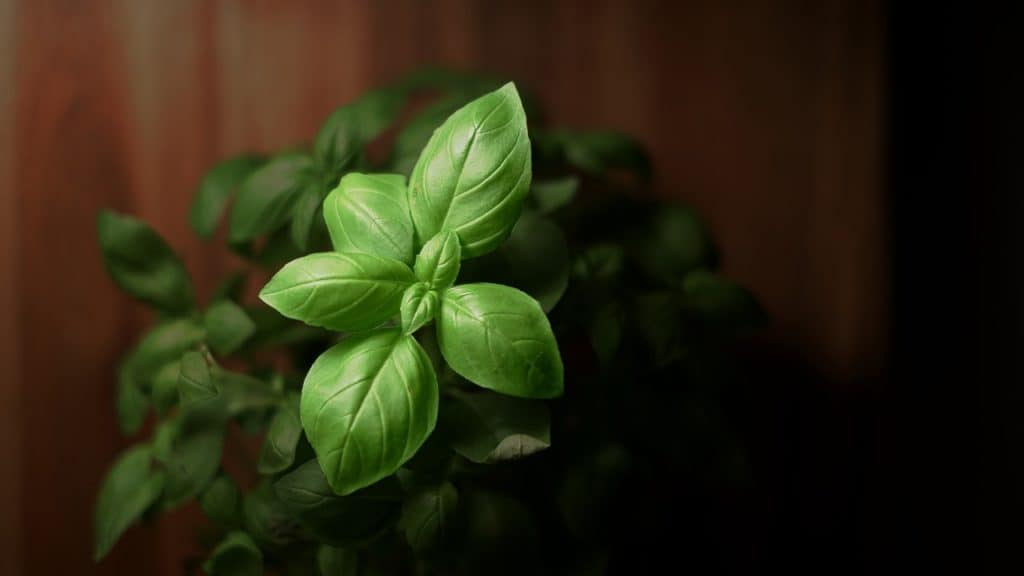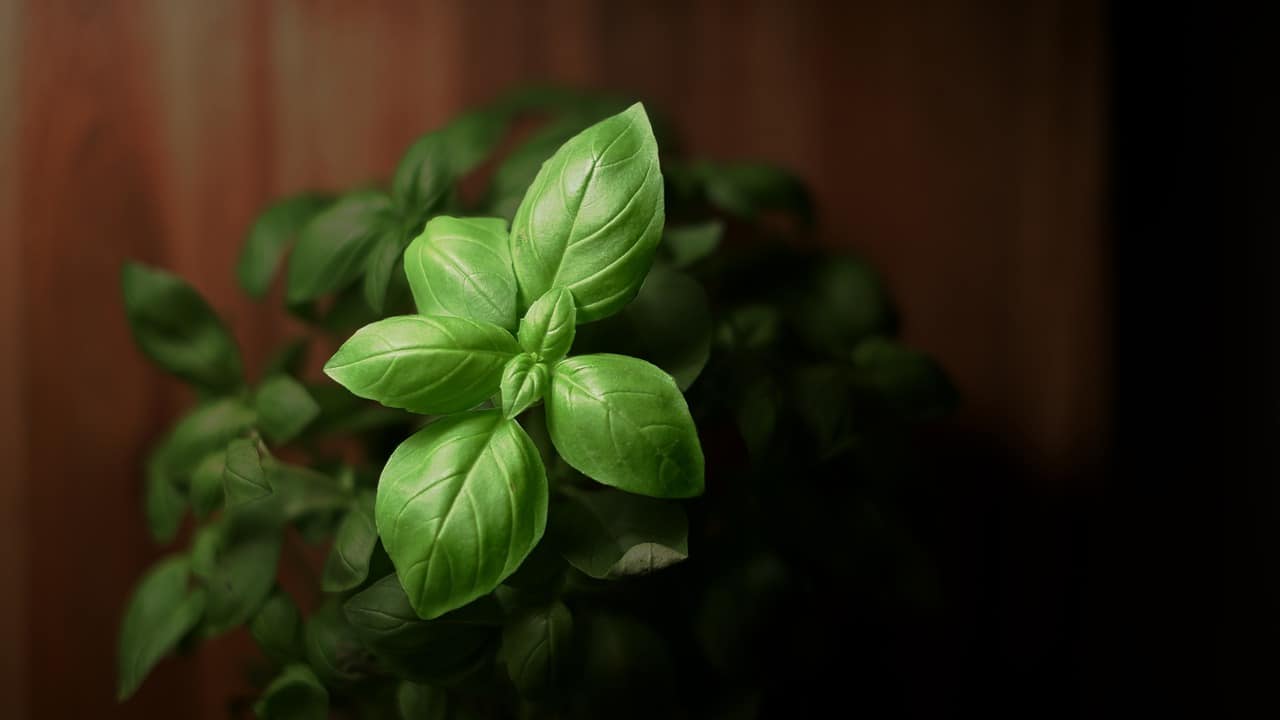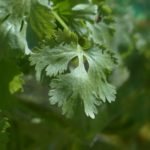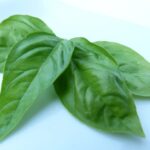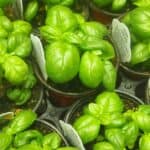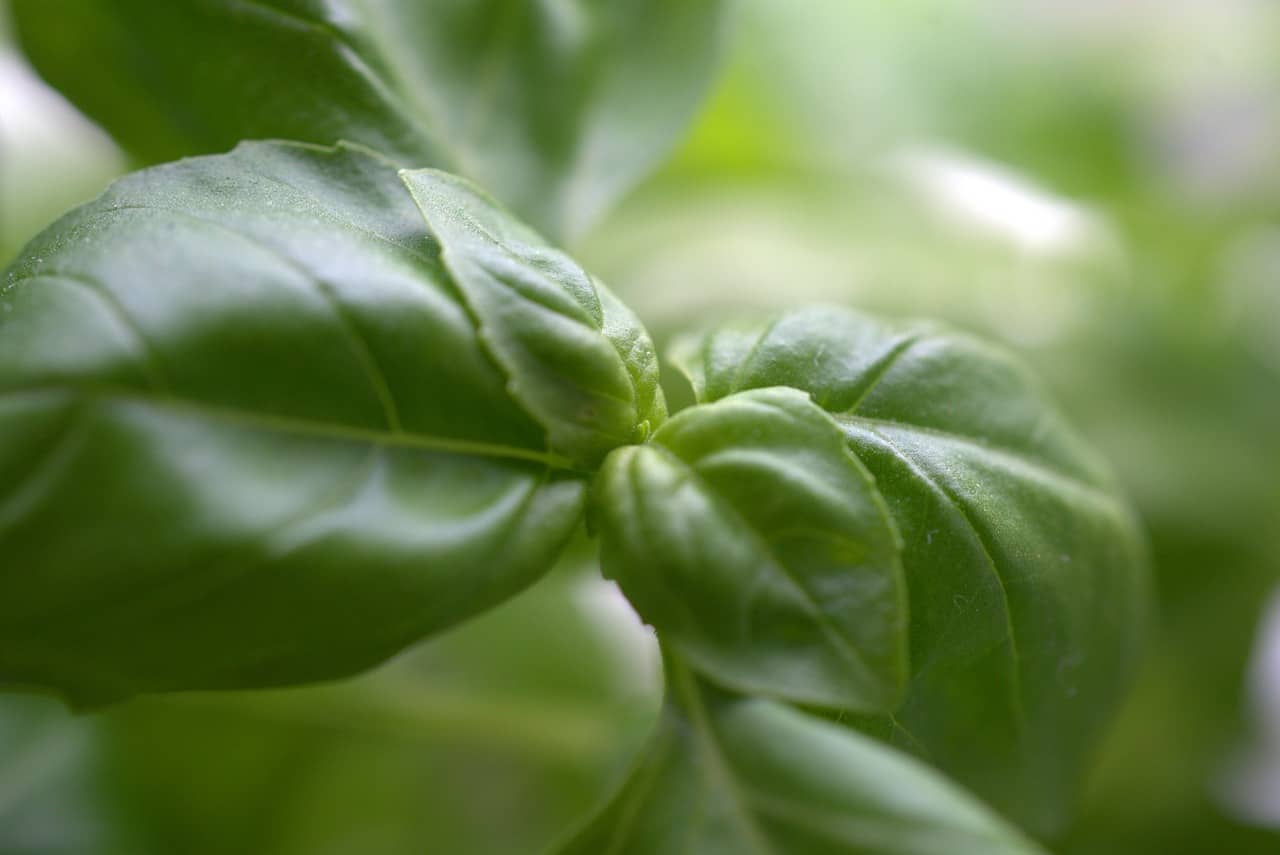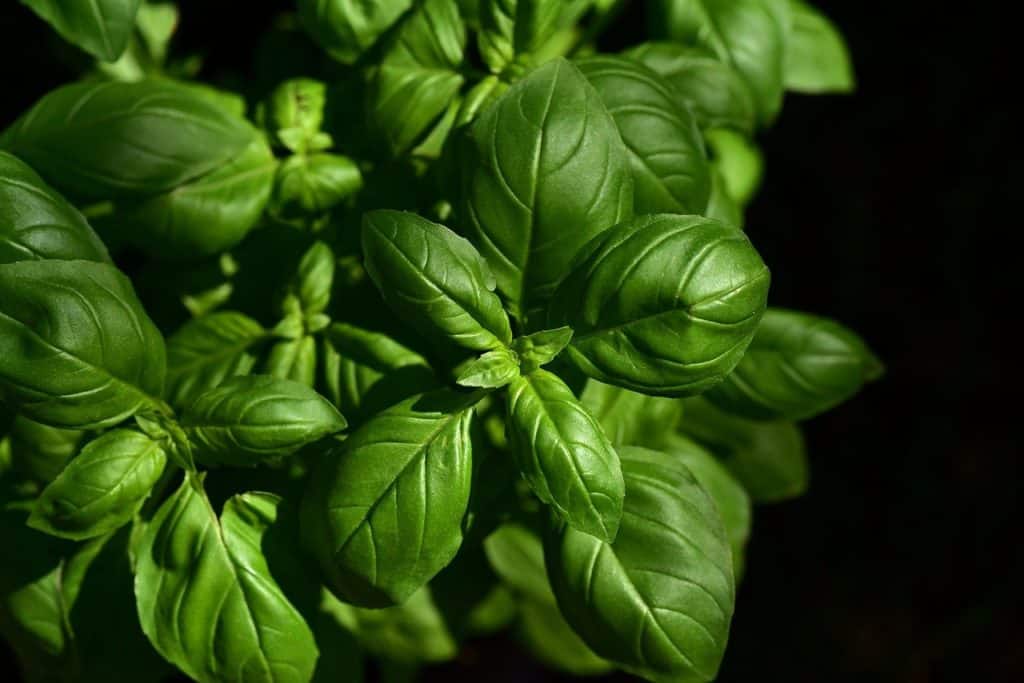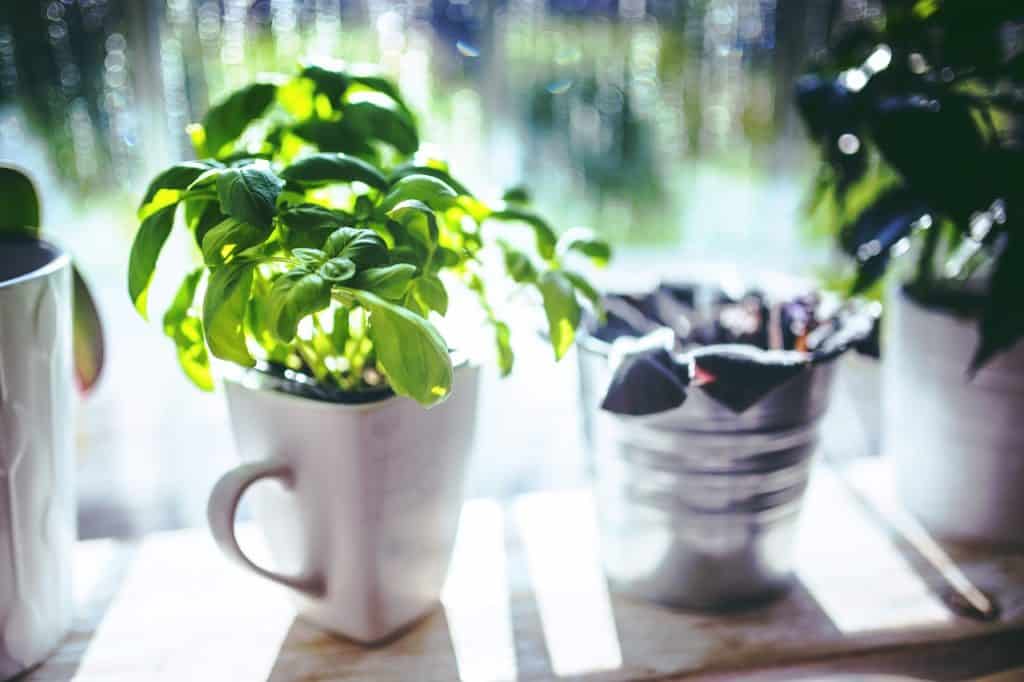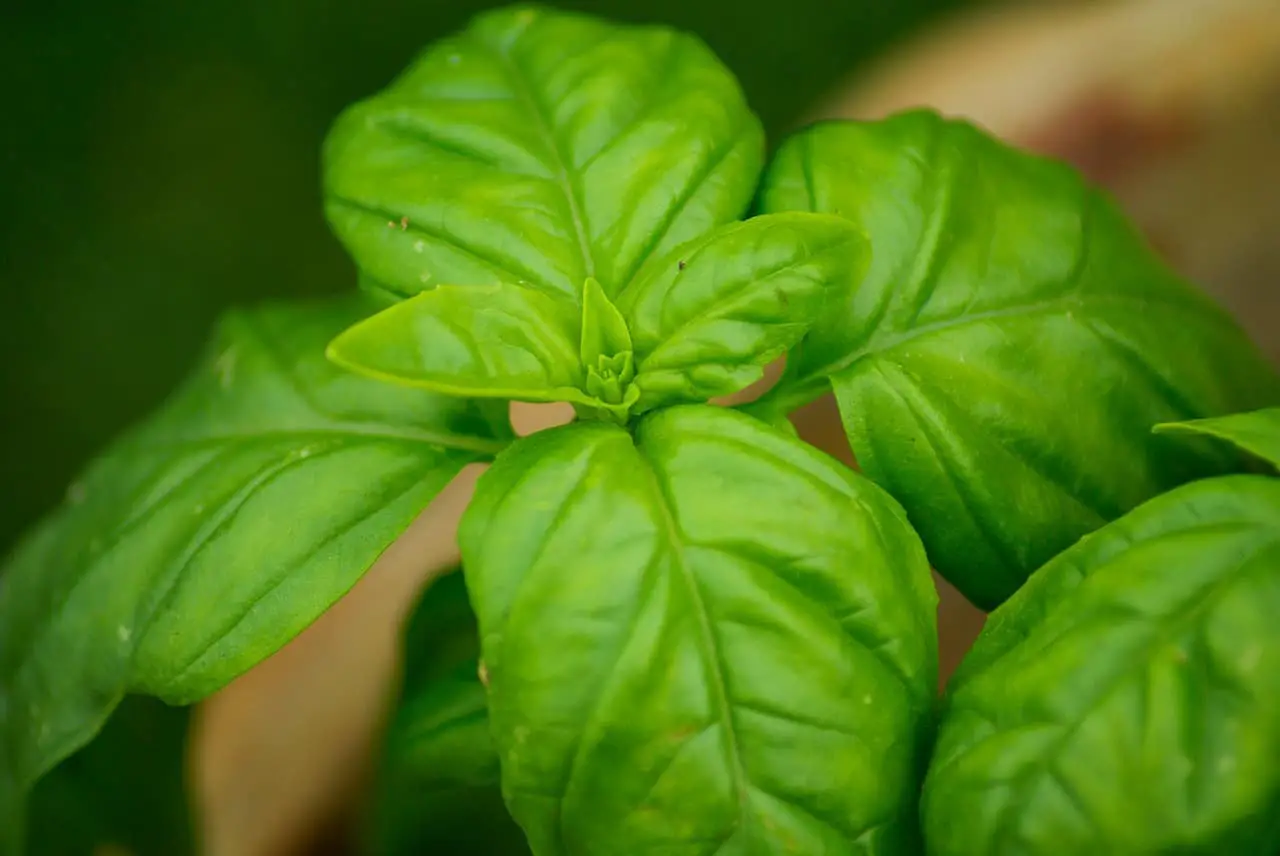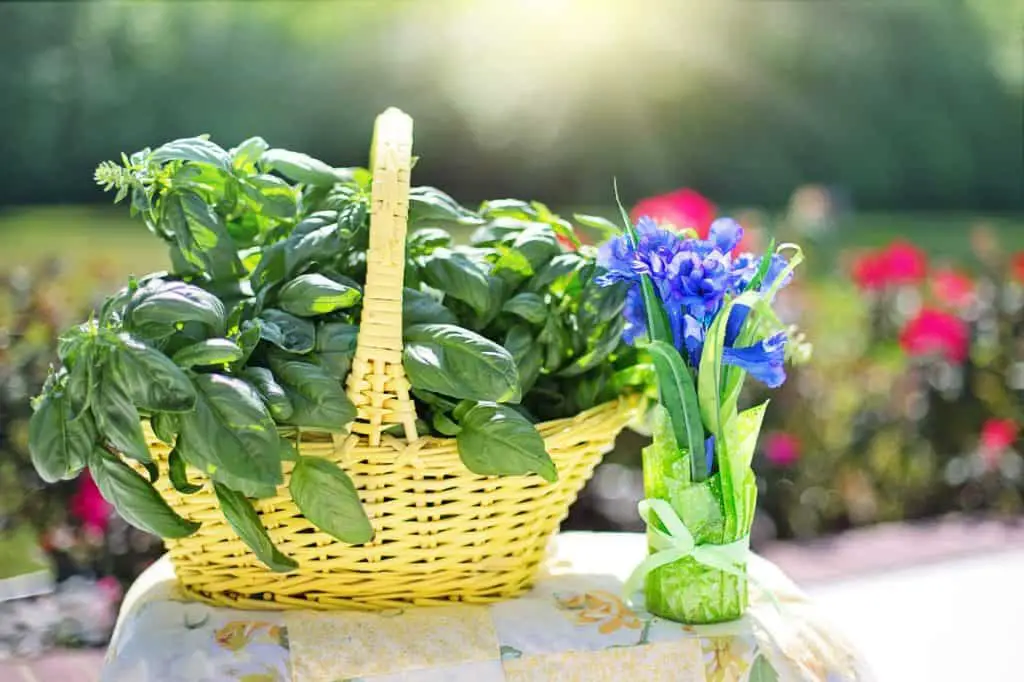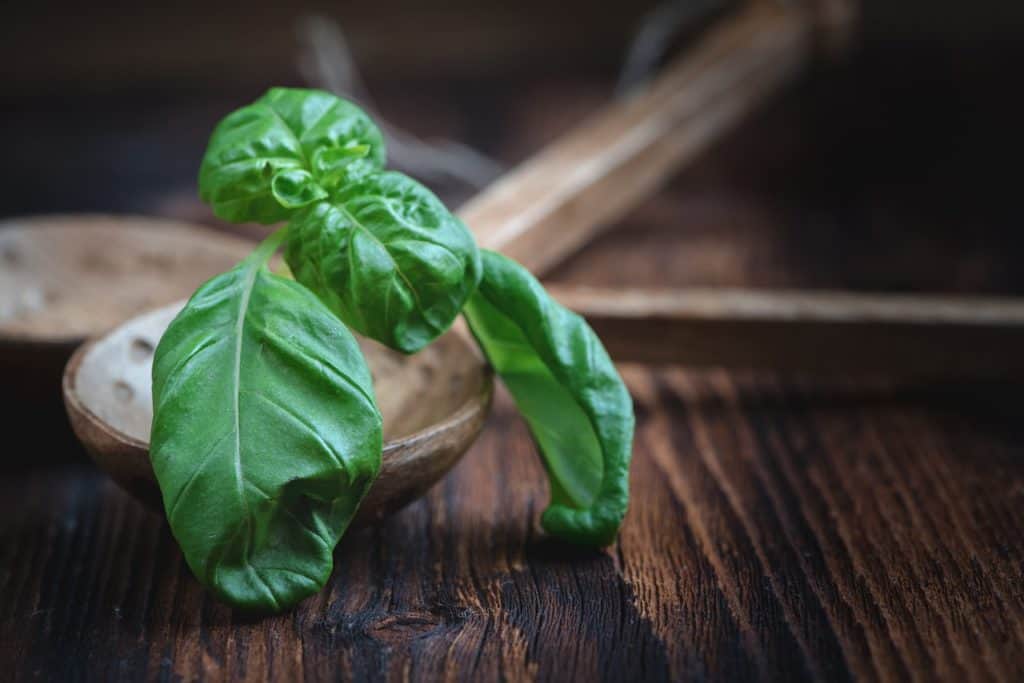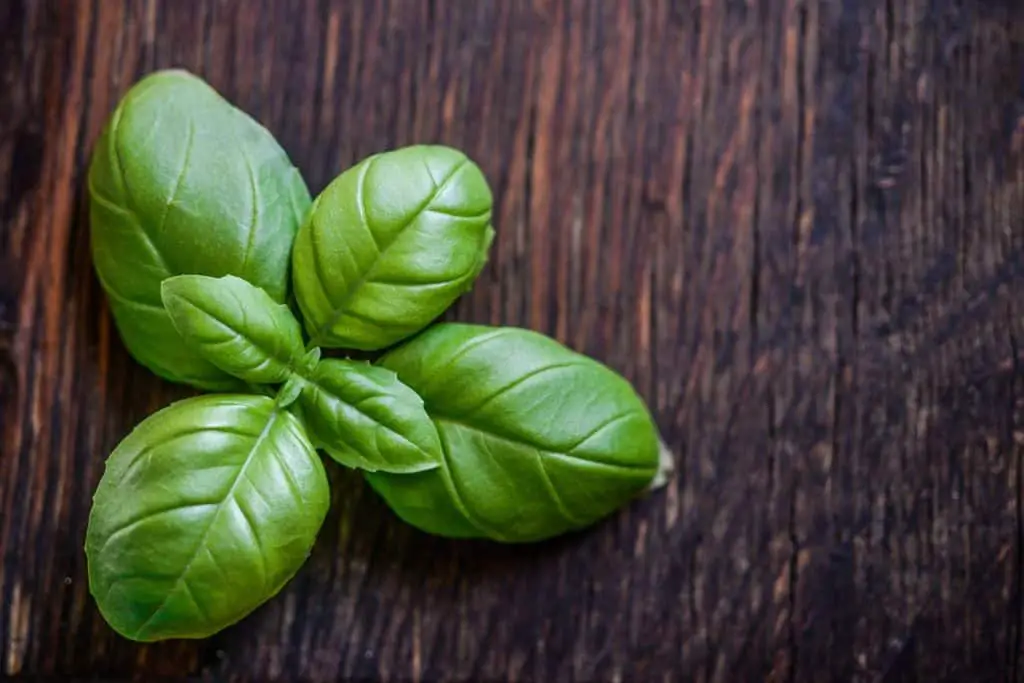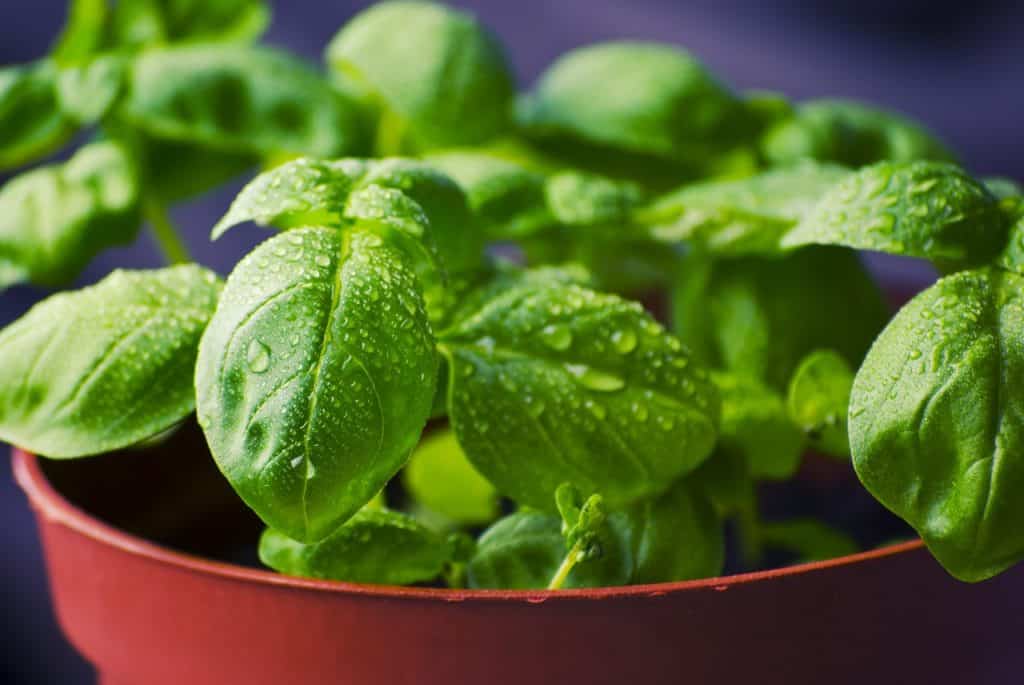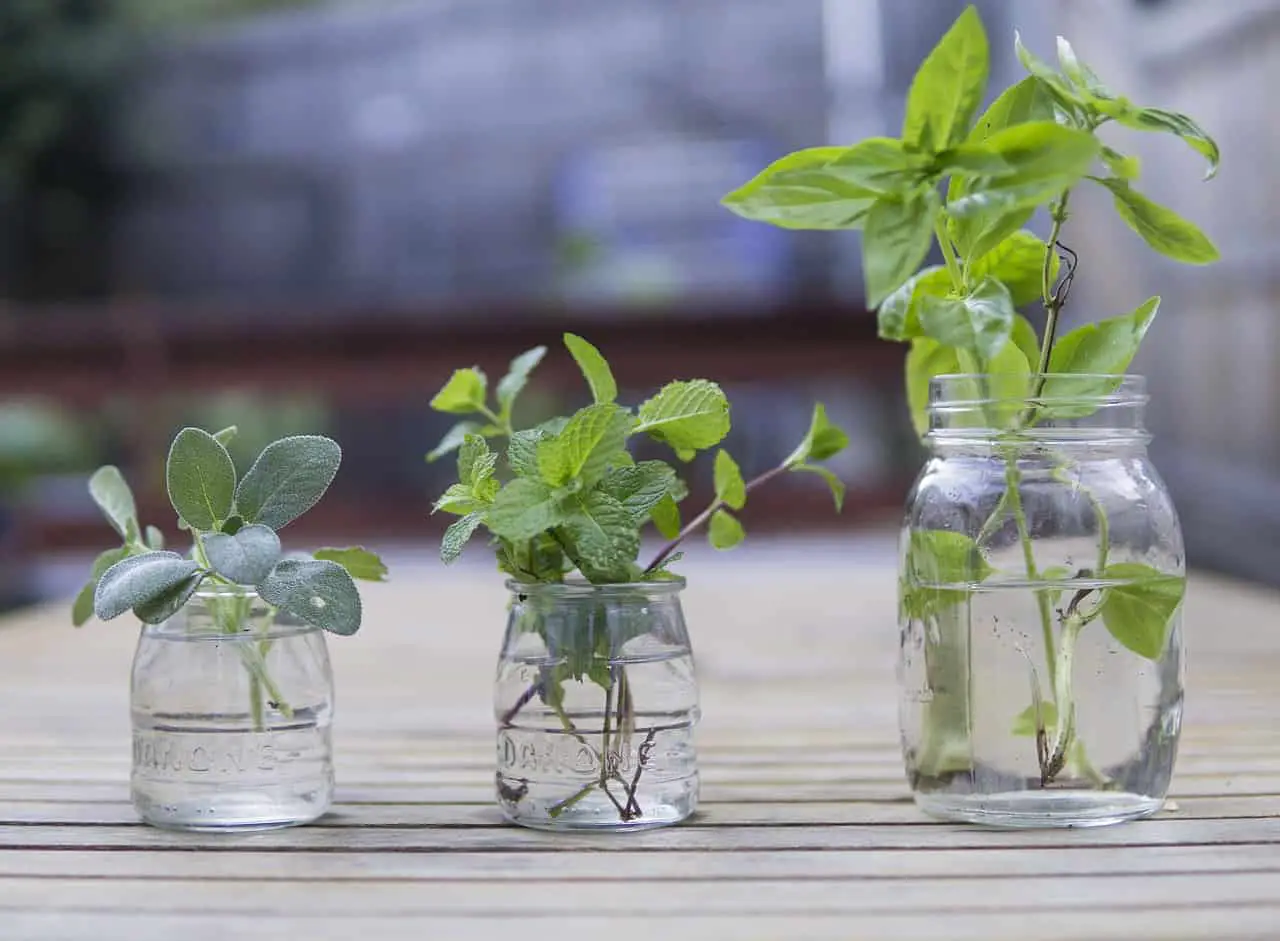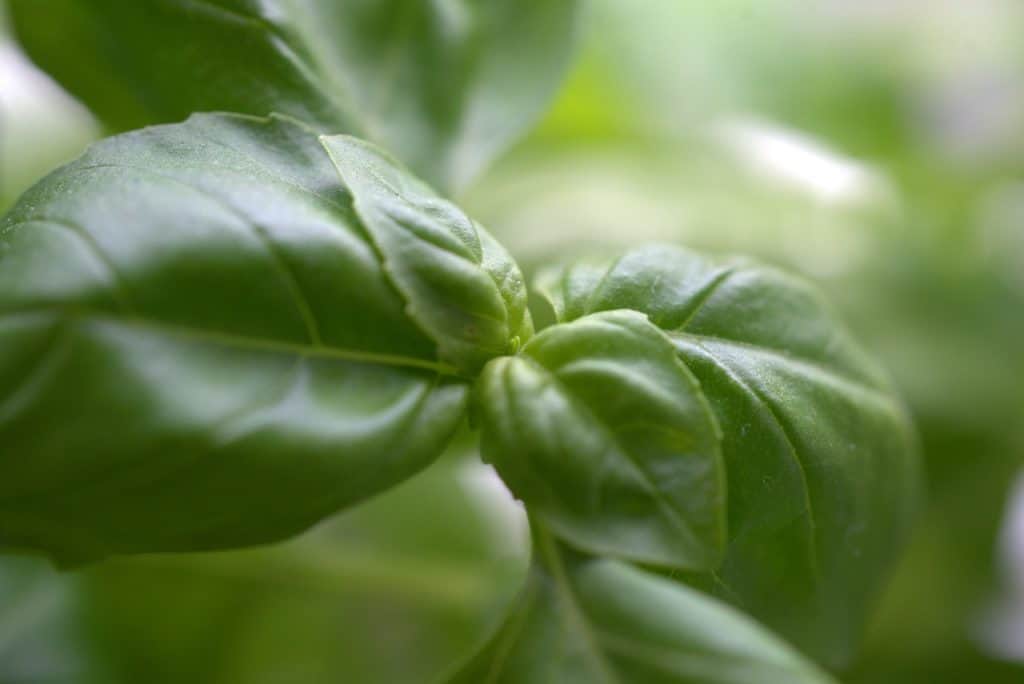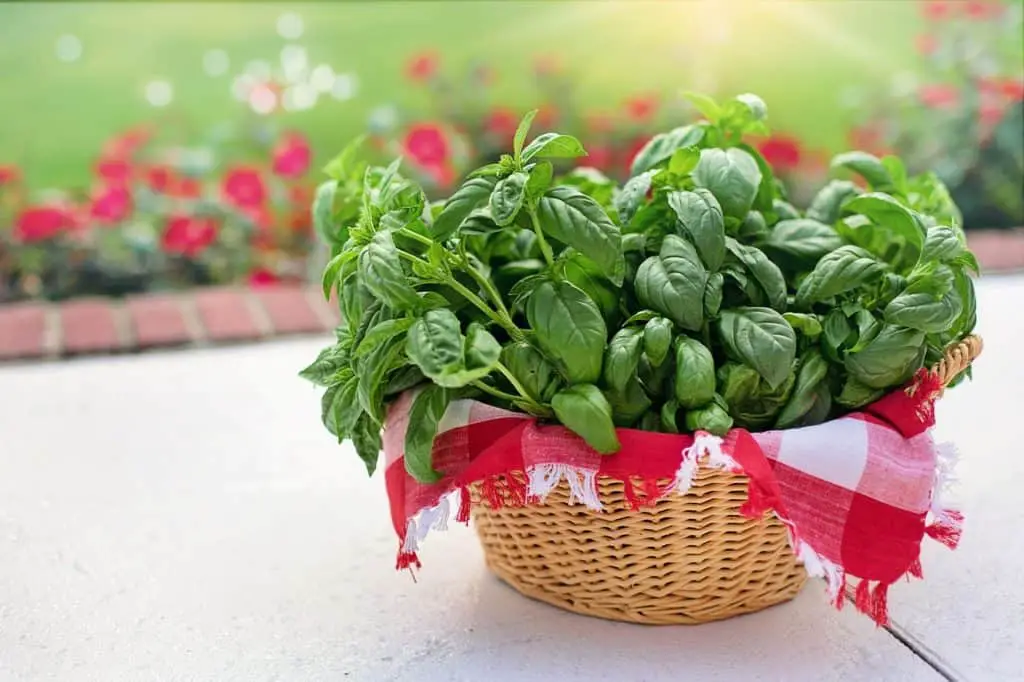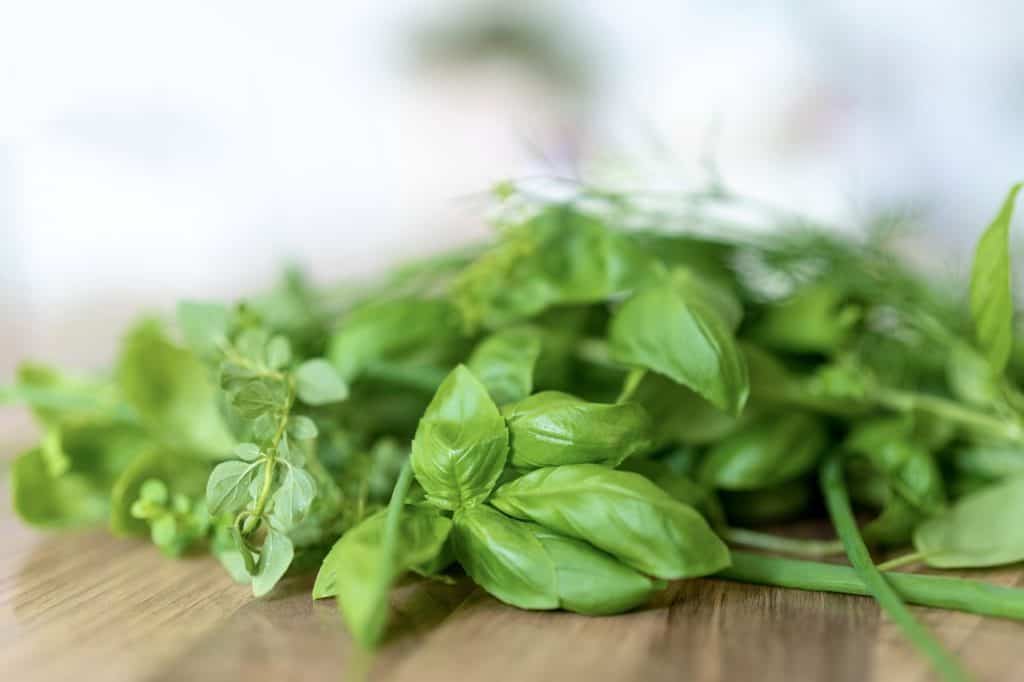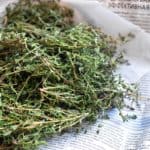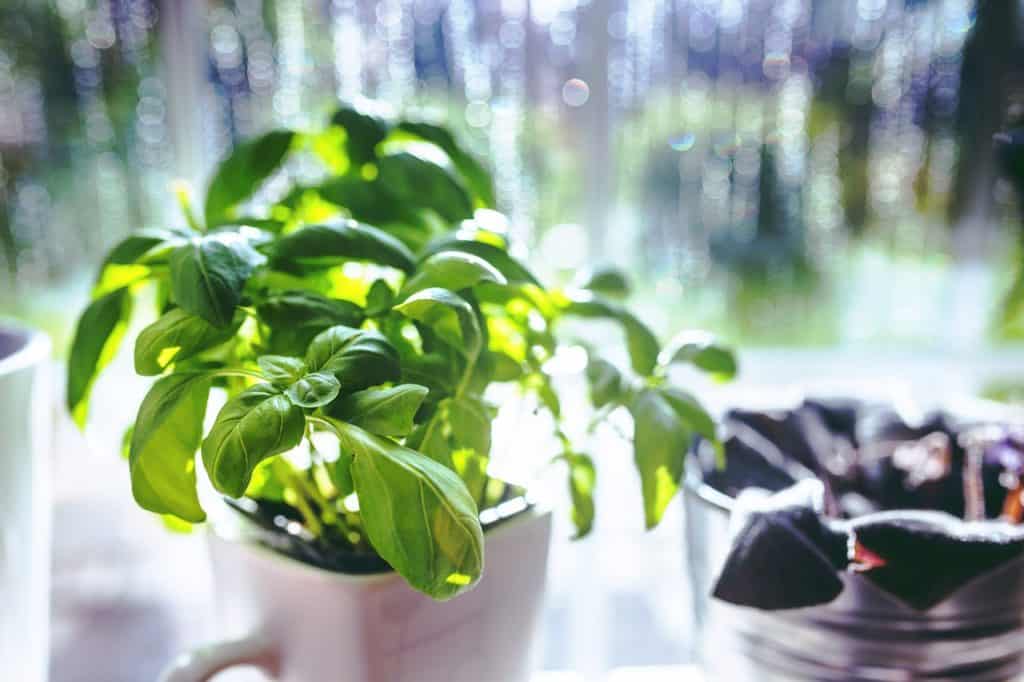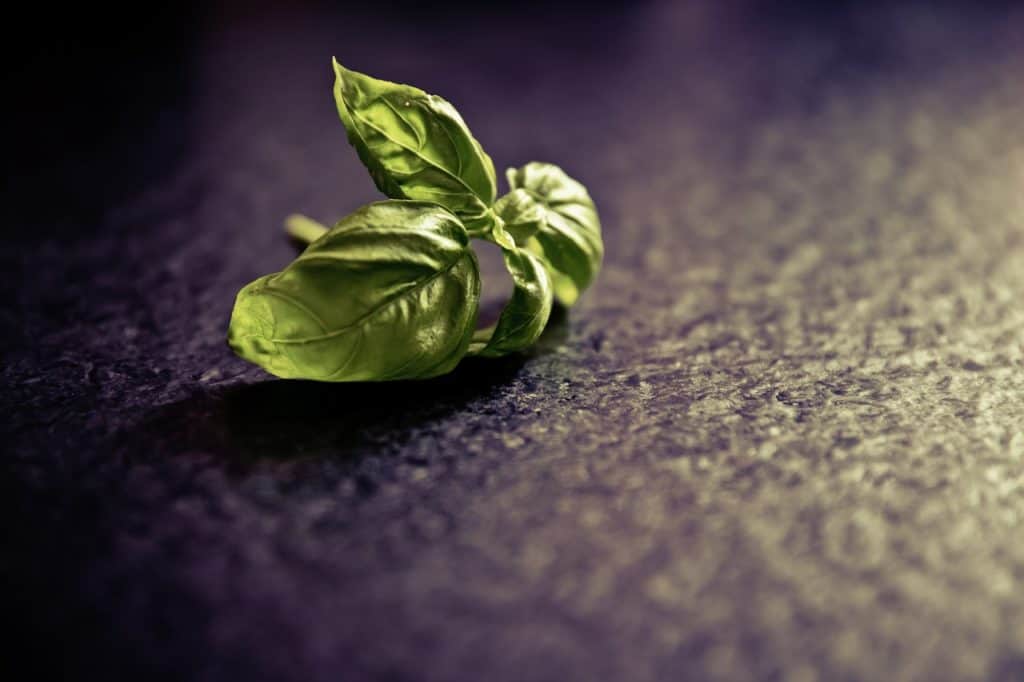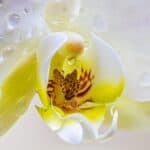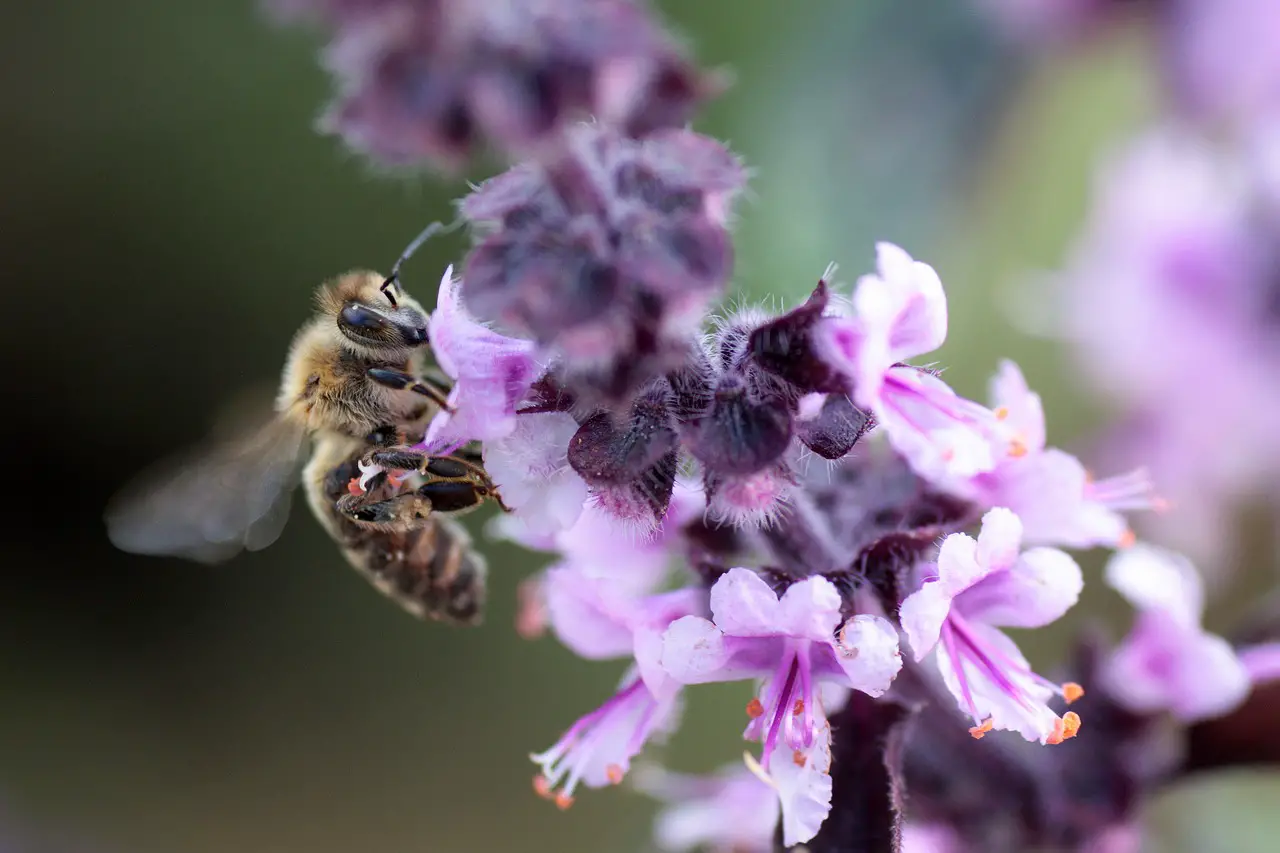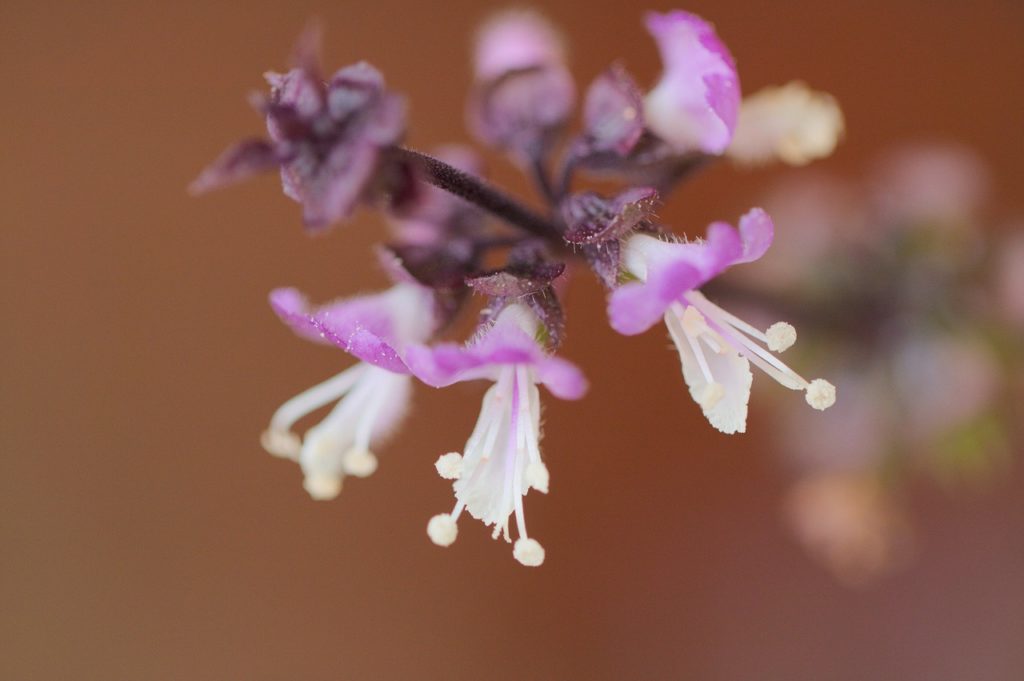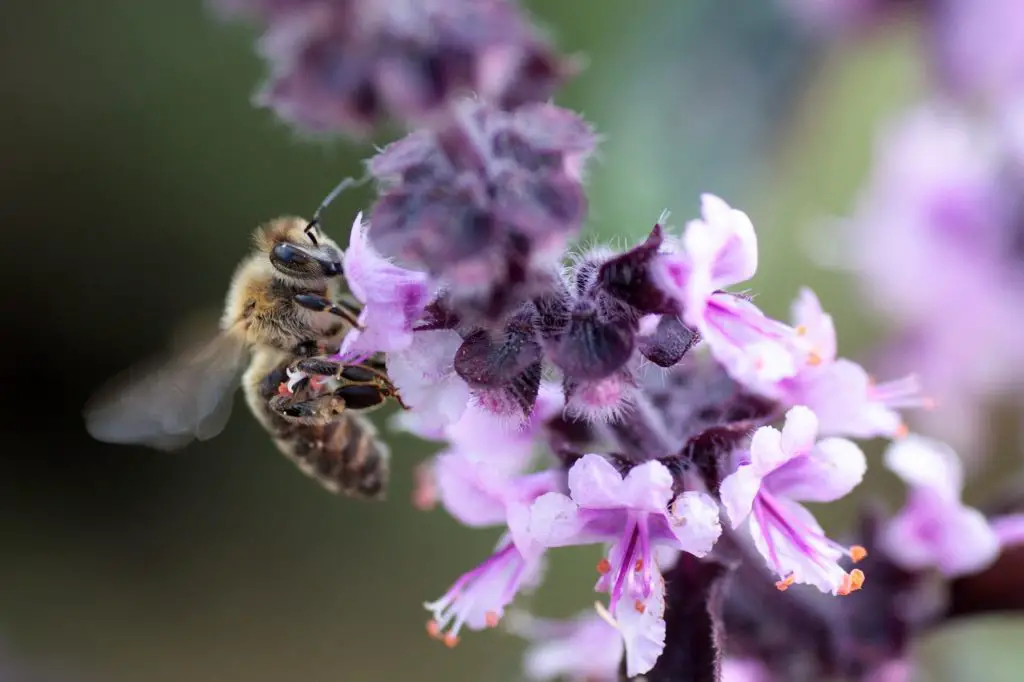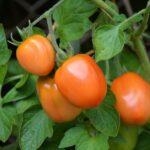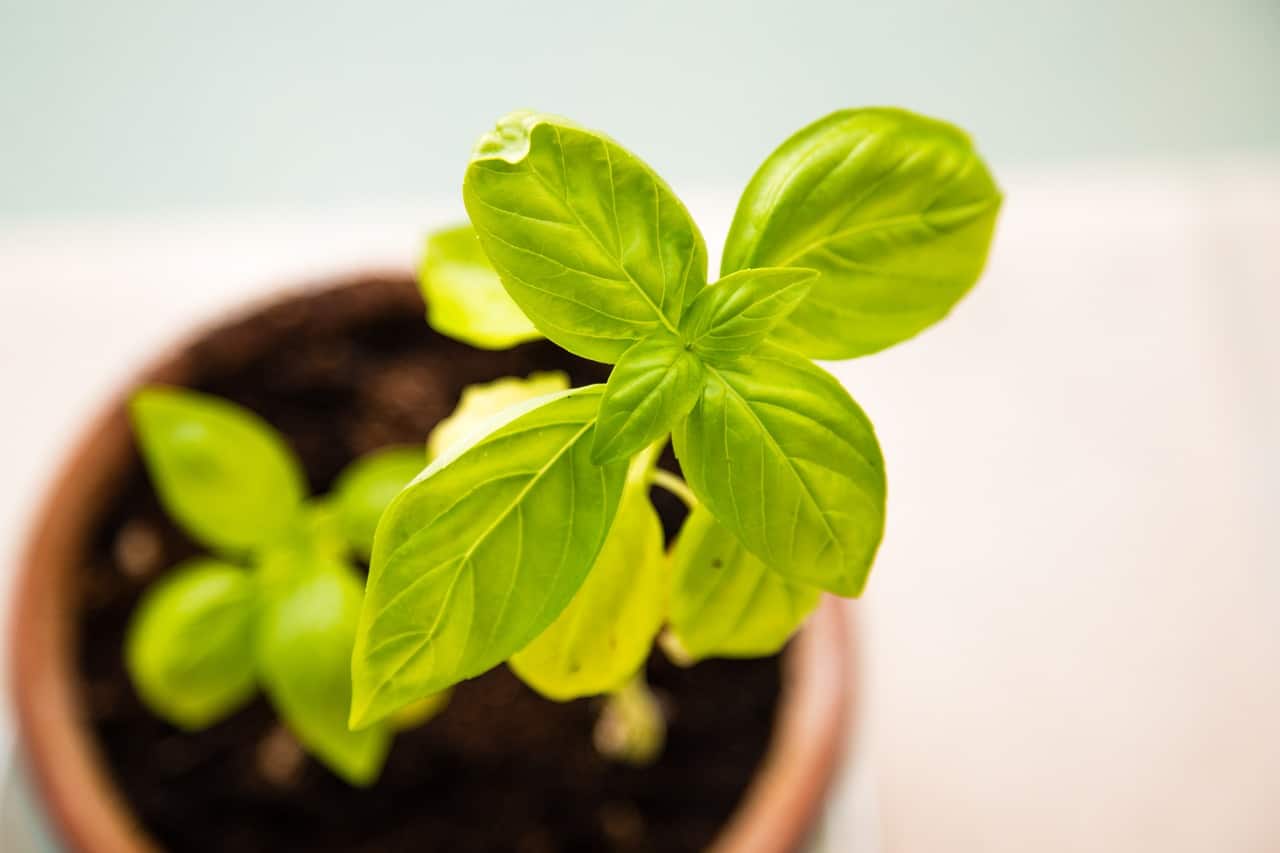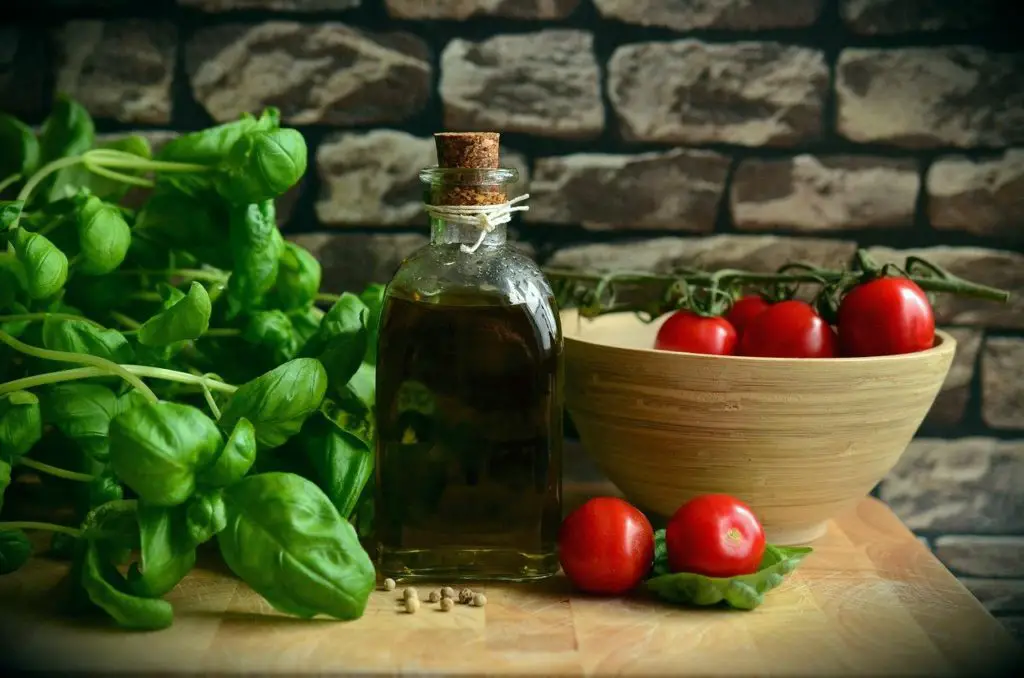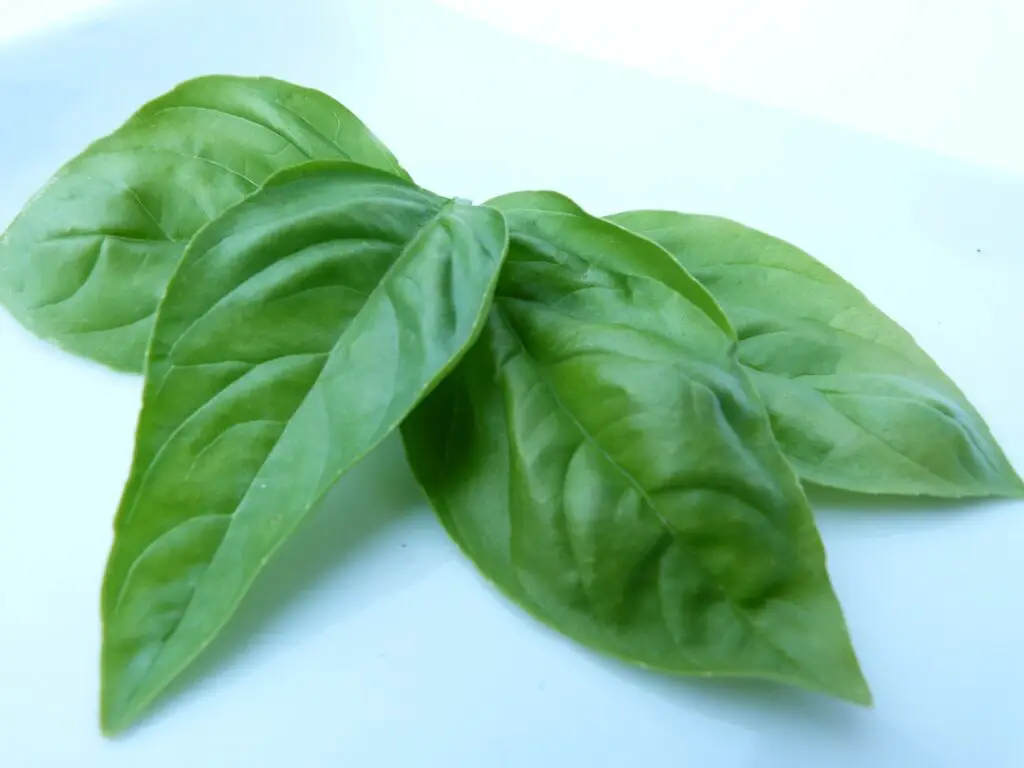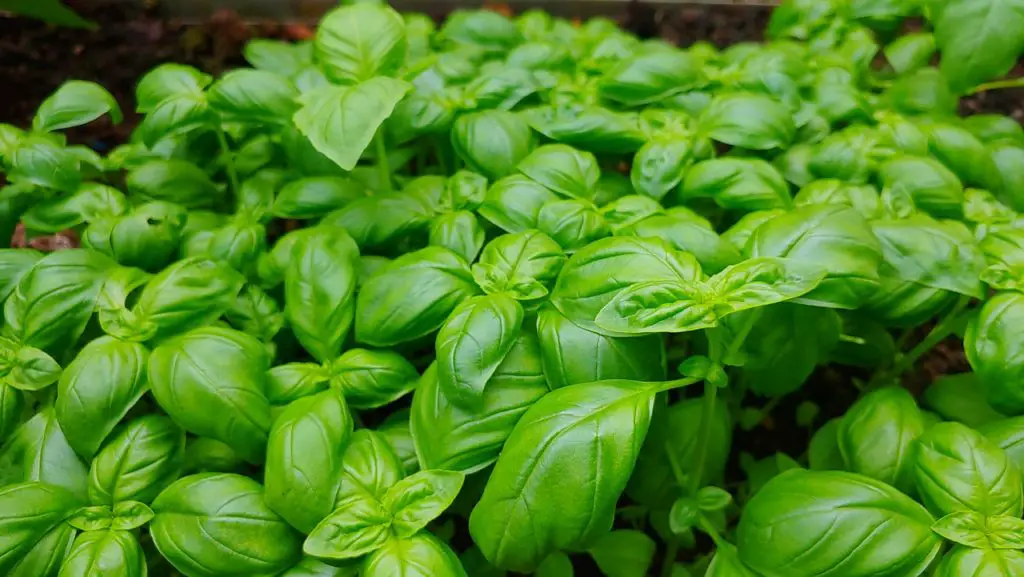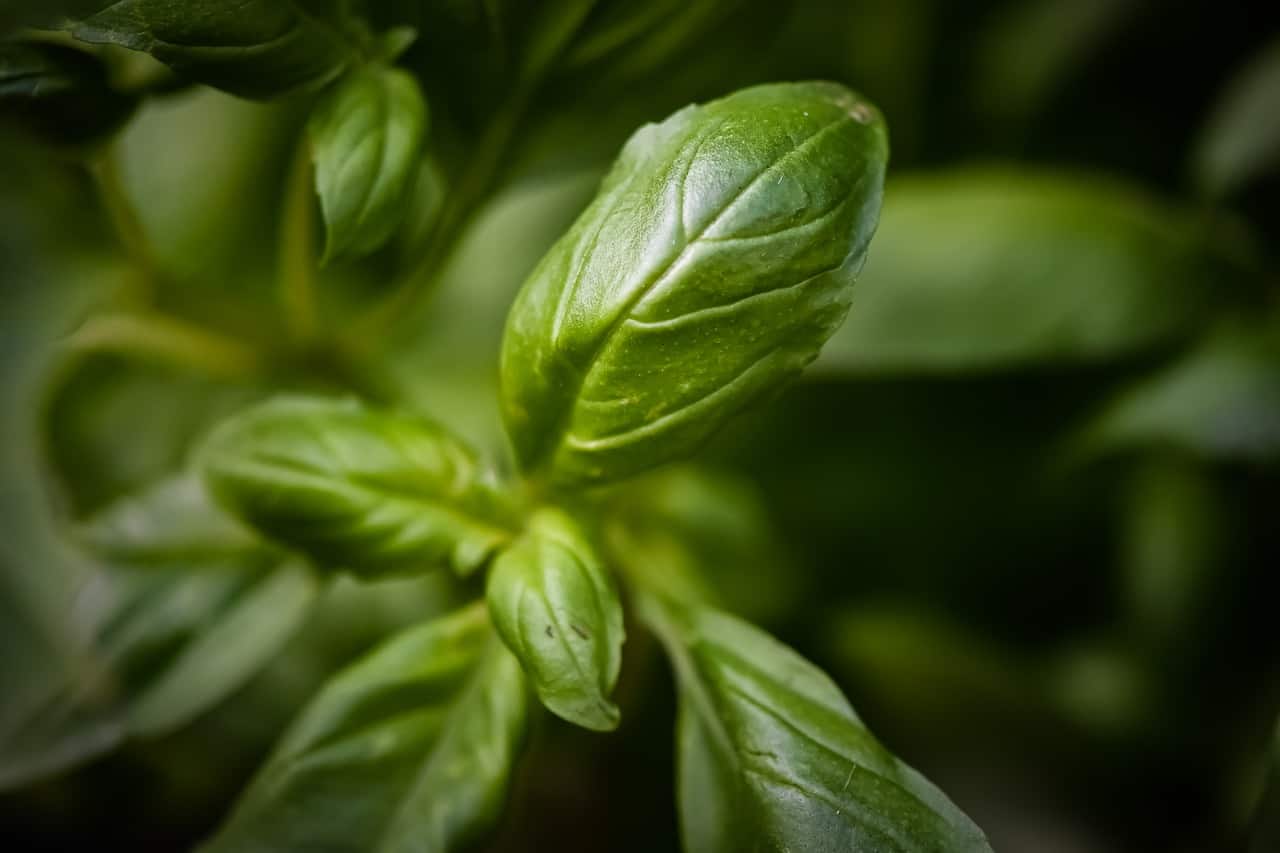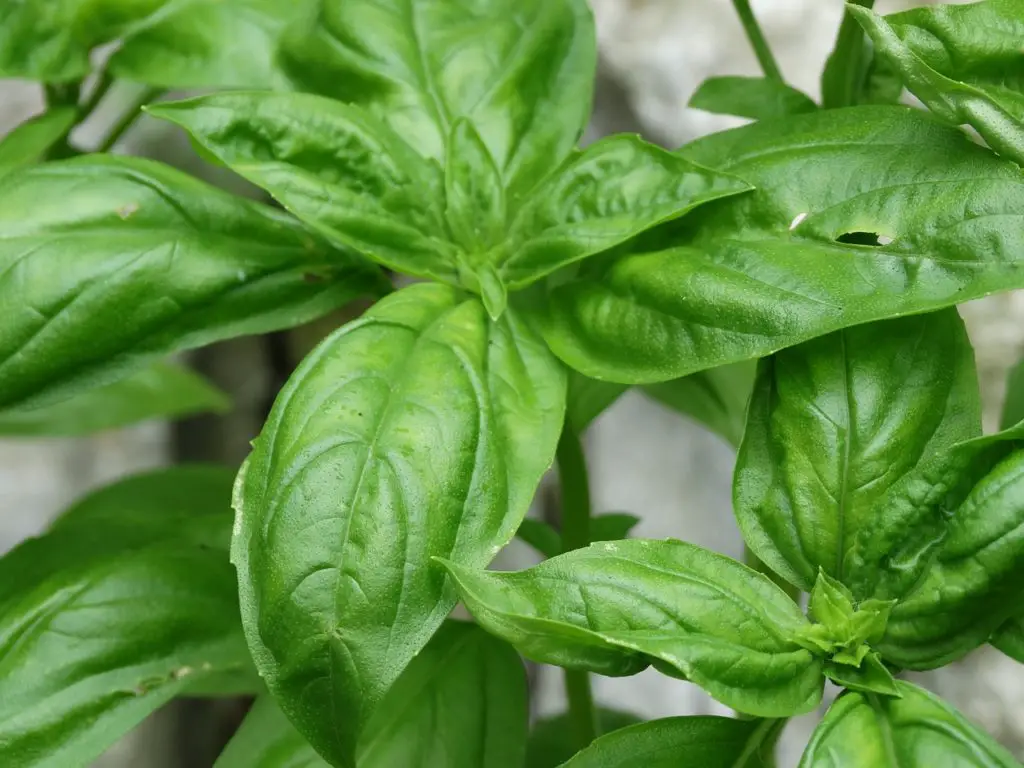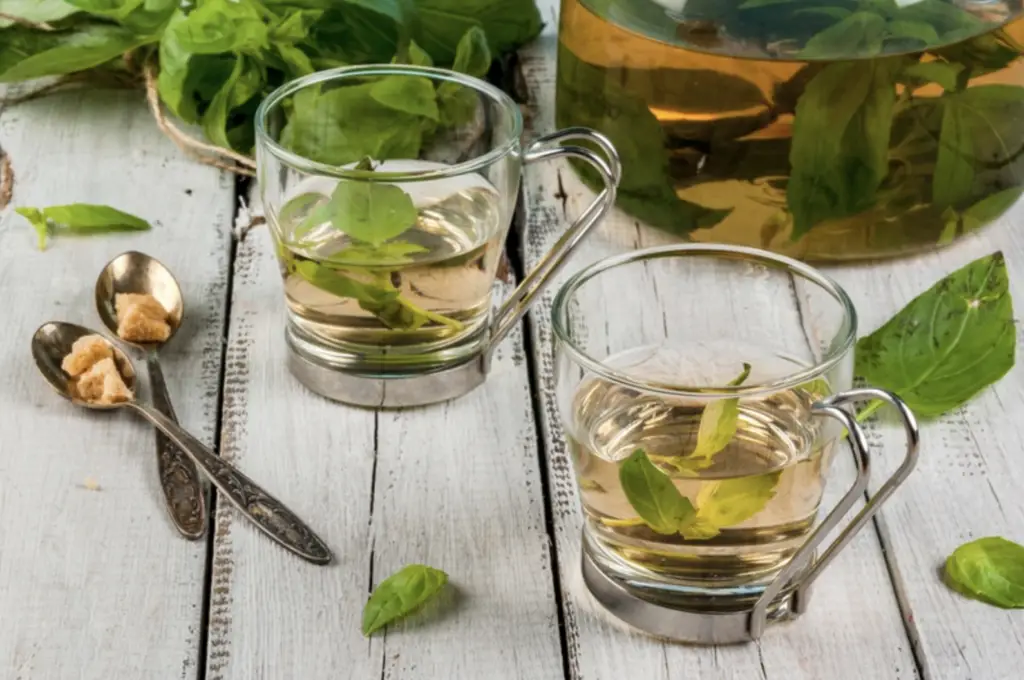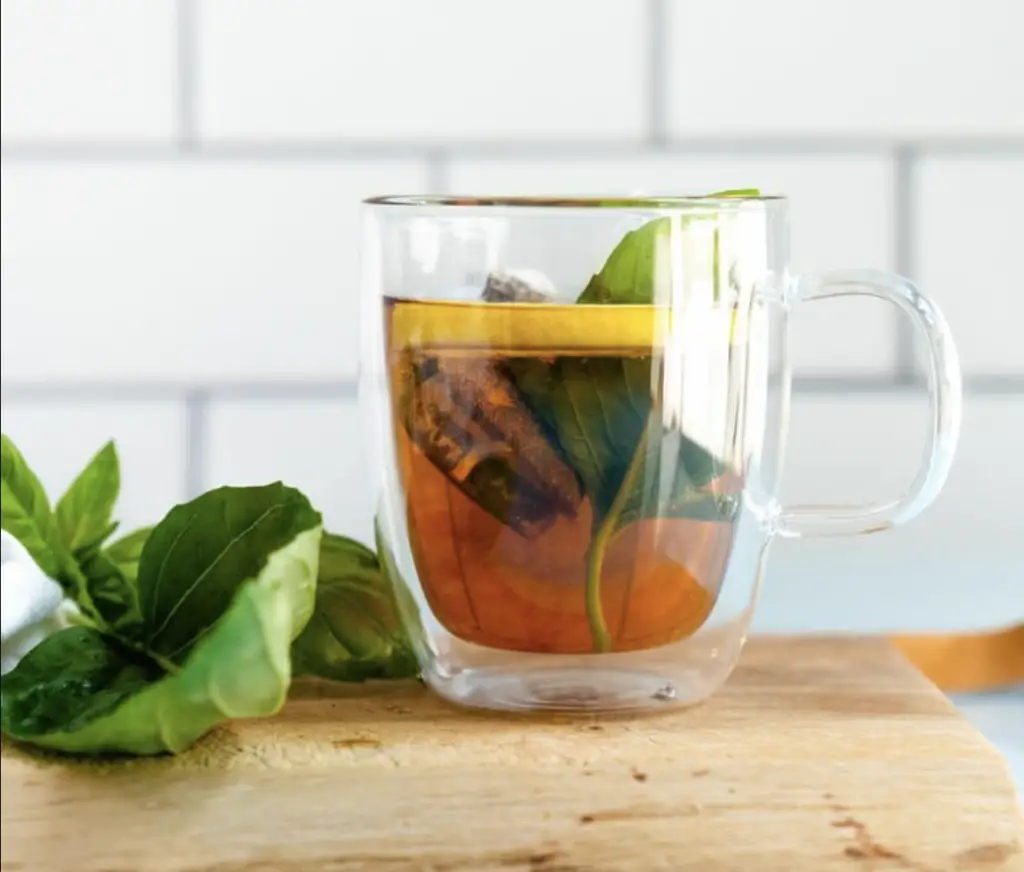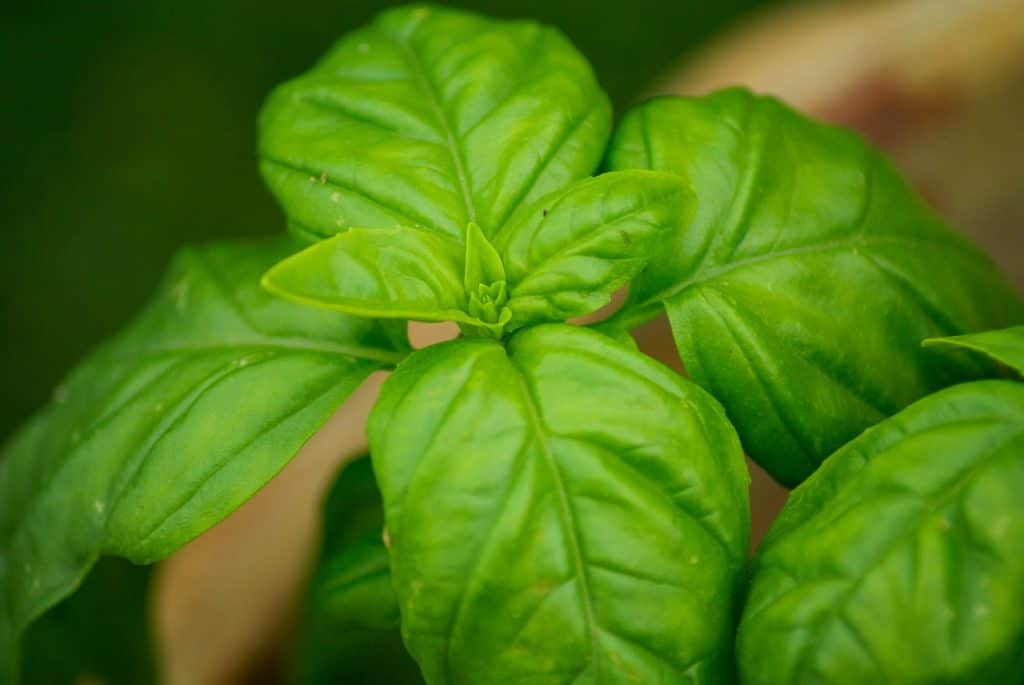
Basil In Coffee, Is It Any Good
Welcome to this post about using basil in coffee. Is it just a trend that will come and leave us like so many others have. Or is it maybe here to stay. In this article we will explain more in depth how you can try this at home and what you can expect. After we tried we honestly could say that we would probably do it more. We will explain the process further below but it simply will extract the lovely aromatic flavor of the basil and also add a nice grassy note to the coffee. Something that goes quite well together with a hard roasted blend.
Are you having problems at home with your basil turning brown? It can be caused by a number of reasons. We have written an article that will explain why this is happening and what you can do about it. Find it here, Basil Plant Turning Brown, How To Fix It.
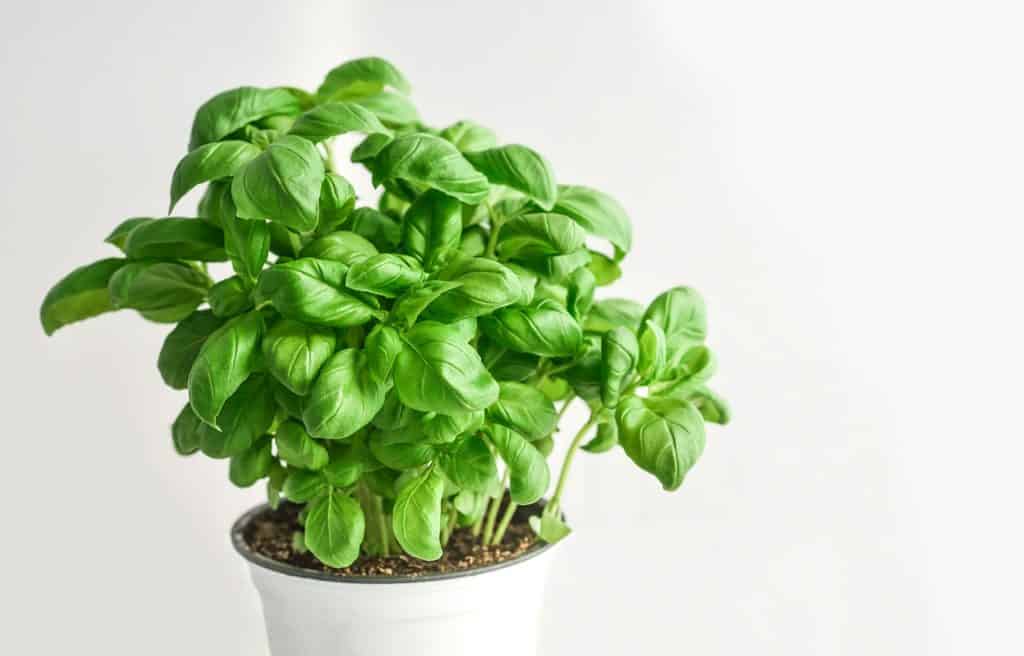
Basil In Coffee, Is It Any Good
So is this new trend of using basil in coffee something that is here to stay or will we see it disappear in a few years or even months. Well for us it should definitely be here to stay. It’s a wonderful way of introducing more aromatic notes in your coffee. Admittedly not something we will do on the regular but it’s a good way to spice up everyday life.
There are basically two ways of using basil in coffee, at least this is the way we see it. We will start by covering the first one, probably the easiest one. This is don’t by just layering some basil leaves in between the coffee grounds before you start to make the coffee. The hot water will just like normally sleep through and take on the flavors. When you leave the basil in here too, that will also infuse flavors to the coffee. This is the milder way of flavoring your coffee. So probably the best one to start with. We don’t really use more than 4 – 5 leaves when we are just making 2 cups of coffee. Don’t see the need for any more.

Is Basil Good For Anything
The second way of infusing and introducing basil flavor in your coffee is by first brewing the coffee like you normally would. Pour it in your cup and then let a couple of basil leaves steep in it. Since the coffee is very warm at this point it is almost like making tea. Just like when you make tea there is a deadline where the longer you keep the tea in the less flavor it will bring. Same goes here, so no more than a minute is the limit we have found works the best. This makes sure there is still this nice fresh basil flavor in it that also stays and won’t disappear.
These are some of the ways we like to have basil in coffee. We are using the regular sweet basil and holy basil the most. But feel free to use anything from cinnamon basil to lemon basil. All will bring their own exciting touch.
I want to reiterate and go over what we have been talking about in this article. The two ways of using basil in coffee is by either layering it with the coffee grounds and making it like you normally would. The second way is by steeping the basil leaves in the coffee directly.
Do you have an excess of basil at home, and especially thai basil maybe? Then you should definitely read one of our articles that goes over some ways to preserve and save the harvest. You can find it here, How To Preserve Thai Basil.
